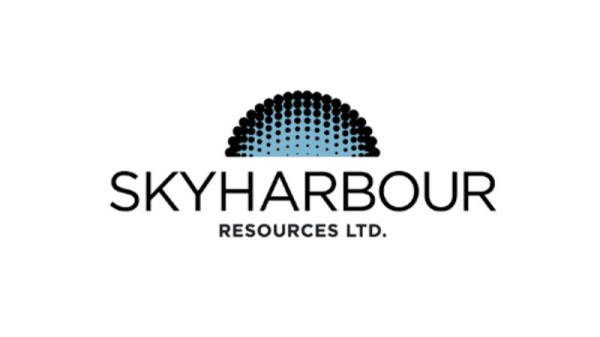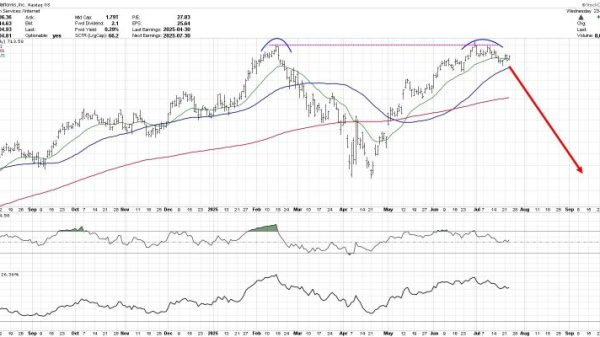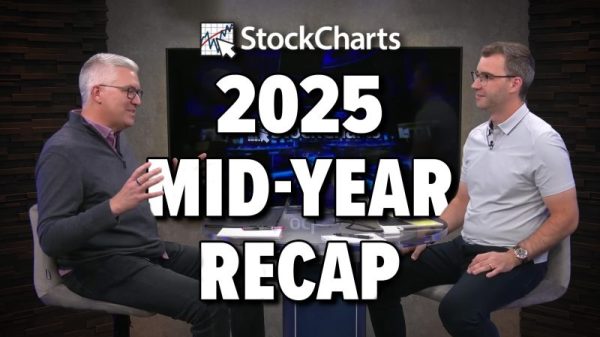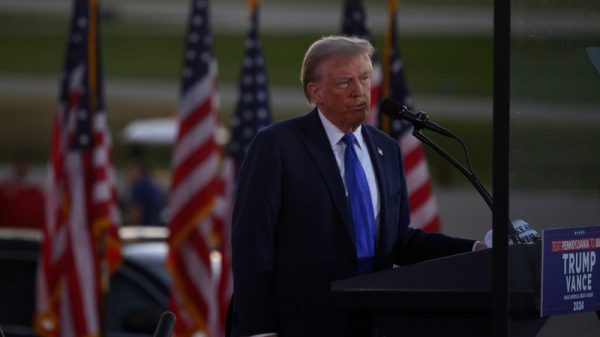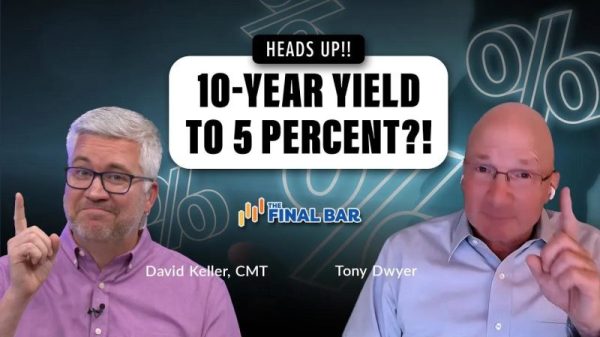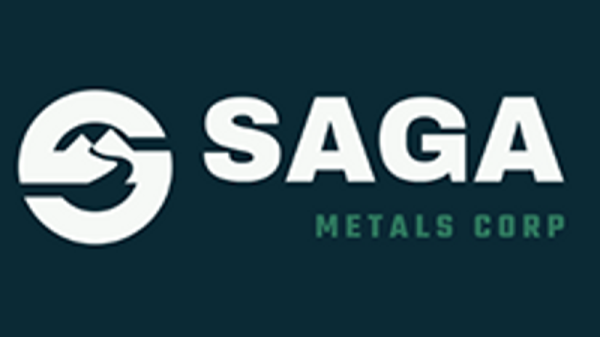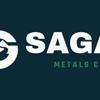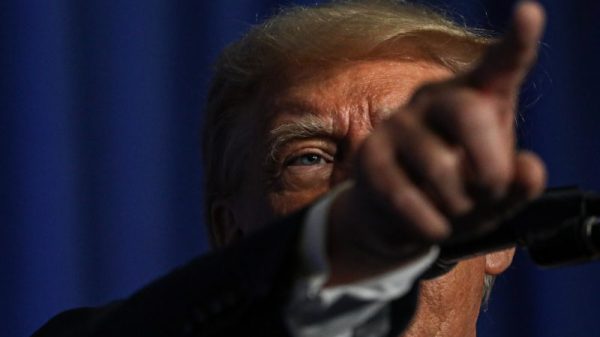Prices for several metals jumped this week as the London Metal Exchange (LME) banned metal produced in Russia from its system. The moratorium applies to material produced on or after April 13 of this year.
The restrictions apply to copper, nickel and aluminum, and were passed down by the US Department of the Treasury and the British government on April 12. They are also in place for the Chicago Mercantile Exchange (CME).
This move aims to curb financial flows that fuel Russia’s military activities in Ukraine, which began in February 2022.
According to Bloomberg, aluminum soared as much as 9.4 percent, marking its highest jump since 1987, while nickel increased by 8.8 percent, signaling traders’ confidence that removing a major producer will boost prices.
Copper, the third metal affected by the ban, saw a 1.6 percent bump amid an ongoing bull market.
Russia is a major producer of all three metals, contributing 6 percent of the world’s nickel, 5 percent of its aluminum and 4 percent of its copper. As of March, 91 percent of the aluminum in LME-approved warehouses came from Russia, while Russian copper accounted for 62 percent of LME stockpiles. Thirty-six percent of LME nickel was from Russia.
Even with the sanctions in place, owners of Russian metal produced before April 13 can still place their metal on LME warrant, provided they furnish evidence of production dates.
Russian metal producers not fazed by LME ban
The ban will affect major Russian metal producers such as Rusal (MCX:RUAL), one of the world’s largest producers of aluminum, and Norilsk Nickel (MCX:GMKN), which mines metals including nickel.
Despite this, market watchers do not foresee any immediate supply shocks.
‘From a fundamental perspective, it is important to recognise that these exchange focused rule adjustments will not generate a necessary supply-demand shock,’ noted one Goldman Sachs (NYSE:GS) analyst.
Rusal is also optimistic that the sanctions will not have a significant impact on its supply streams.
‘The announced actions have no impact on Rusal’s ability to supply since Rusal’s global logistic delivery solutions, access to banking system, overall production and quality systems are not affected,’ the company told Reuters.
Rusal shares dipped by 1.7 percent on Moscow’s stock exchange post-announcement.
The company also explained that the measures primarily affect the LME and derivatives; it will be able to keep providing hedging services and will stay committed to market-based pricing.
Some analysts have observed that while both Norilsk Nickel and Rusal predominantly trade under bilateral contracts, their shipments may decrease, potentially leading to a new discount to exchange prices.
Russia and China evade existing western sanctions
Amid the new LME and CME sanctions on Russian metal, Reuters reported on Monday (April 15) that Russian copper producer RCC and Chinese firms have found a way to bypass taxes and evade the impact of existing western sanctions by engaging in trades where new copper wire rod is disguised as scrap.
This deceptive activity involves the shredding of copper wire rod in China’s Xinjiang Uyghur region by an intermediary, making it difficult to differentiate from scrap.
By doing so, both exporters and importers profit from the disparity in tariffs applied to scrap and new metal.
Russia’s export duty on copper rod stood at 7 percent in December, lower than the 10 percent levy on scrap, while imports of copper rod into China face a 4 percent tax; that’s compared to no duty on Russian scrap imports.
This method of circumventing regulations began in December, and has led to discrepancies between Chinese and Russian data, with Chinese customs reporting a significant increase in copper scrap imports from Russia, contrasting sharply with negligible amounts recorded in Russian data.
While RCC maintains it only supplies products to Russian companies, concerns persist about the potential repercussions of such trade maneuvers amid international scrutiny. The disguising of new copper wire rod as scrap not only evades taxes, but also complicates identification and tracing, facilitating its sale to Chinese manufacturers.
As the situation evolves, market watchers and investors are closely monitoring developments, including any potential retaliatory measures from Russia or further sanctions imposed by international bodies.
Securities Disclosure: I, Giann Liguid, hold no direct investment interest in any company mentioned in this article.





